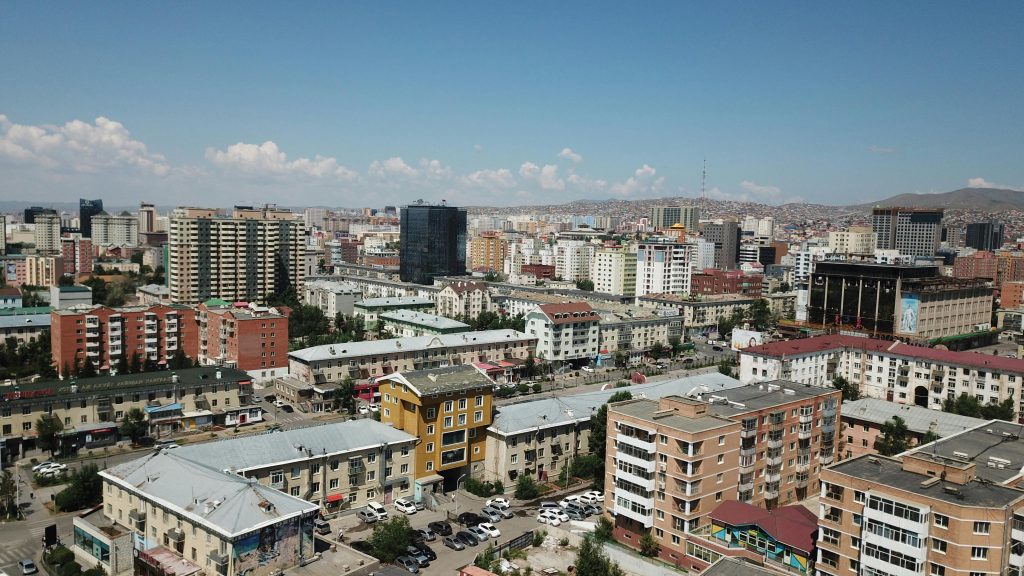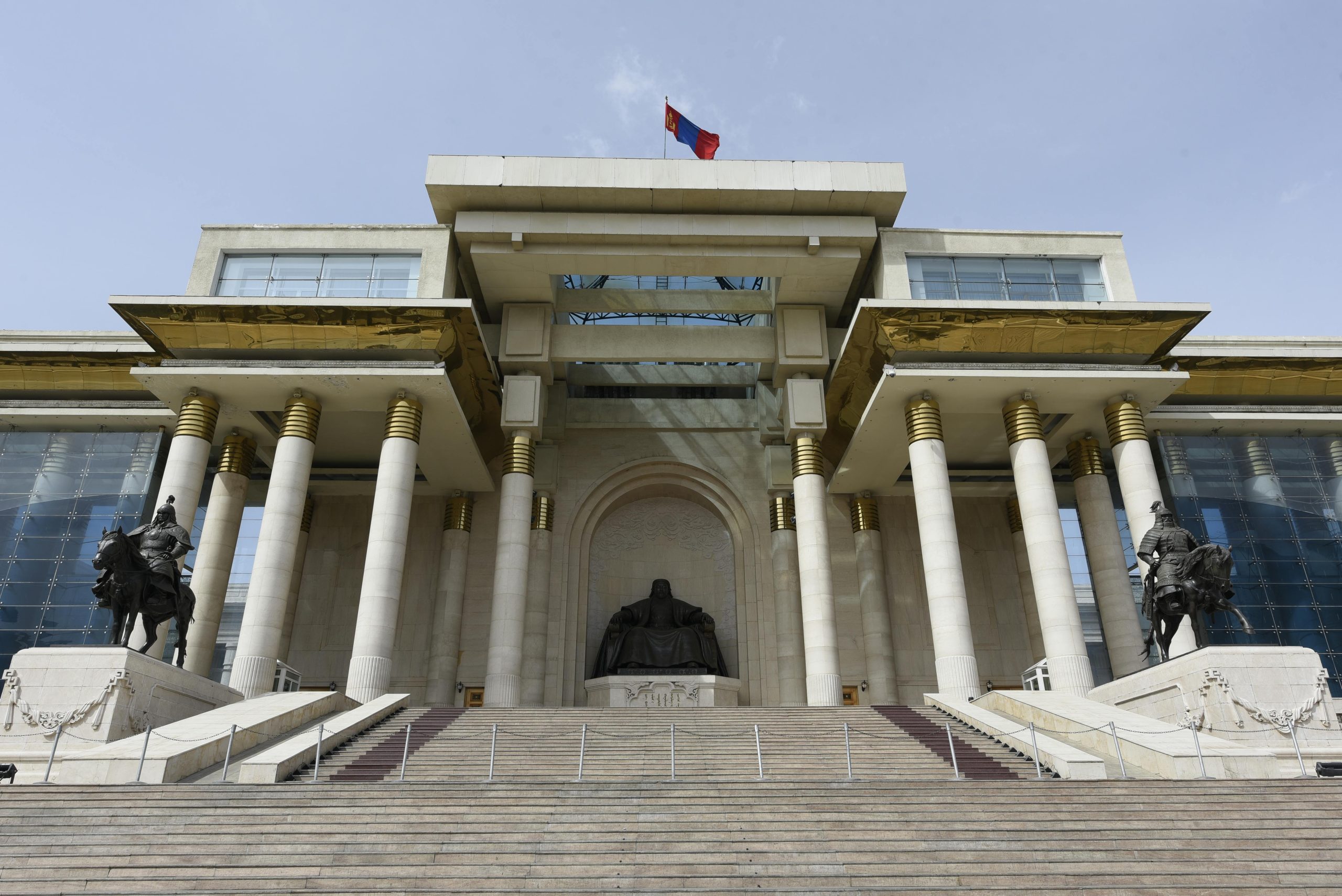Ulaanbaatar, Mongolia’s capital and largest city, is a vibrant blend of ancient traditions and modern development. Nestled between four sacred mountains, this bustling metropolis is the cultural, economic, and political heart of Mongolia. Whether you’re an adventure seeker, history buff, or culture enthusiast, Ulaanbaatar offers a unique array of experiences that make it an essential destination on your Mongolian journey.
A Historical Overview
Ulaanbaatar, meaning “Red Hero,” was established in 1639 as a nomadic Buddhist monastic center. It has since evolved into a permanent city with a population of over 1.5 million people. Despite its rapid modernization, Ulaanbaatar retains a rich historical and cultural heritage, reflected in its architecture, museums, and festivals.
Key Attractions
1. Gandan Monastery
The Gandantegchinlen Monastery, often referred to as Gandan Monastery, is one of Mongolia’s most significant and active Buddhist sites. Founded in 1838, the monastery complex features several temples and the impressive statue of Megjid Janraisig, a 26.5-meter-high figure of Avalokiteshvara, the Bodhisattva of Compassion. Visiting Gandan provides insight into Mongolia’s spiritual life and Buddhist traditions.

2. Sukhbaatar Square
Located in the heart of Ulaanbaatar, Sukhbaatar Square is the city’s central public space, named after Damdin Sukhbaatar, a hero of the Mongolian Revolution. The square is surrounded by important buildings, including the Government Palace, the National Museum of Mongolia, and the State Opera and Ballet Theatre. It’s a great place to start your exploration of the city and witness local life.
3. National Museum of Mongolia
For a comprehensive understanding of Mongolia’s history, culture, and heritage, the National Museum of Mongolia is a must-visit. The museum’s extensive exhibits cover periods from the prehistoric era to the present day, featuring artifacts, costumes, and artwork that tell the story of Mongolia’s nomadic culture and its evolution.
4. Zaisan Memorial
The Zaisan Memorial, perched on a hill south of Ulaanbaatar, offers a panoramic view of the city. The memorial honors Soviet soldiers who died during World War II and is a popular spot for both locals and tourists. Climbing the steps to the top is rewarded with a stunning vista of Ulaanbaatar and the surrounding landscapes.
5. Bogd Khan Palace Museum
Once the winter residence of Mongolia’s last king, the Bogd Khan Palace Museum is a splendid example of traditional Mongolian architecture. The palace complex includes various temples and the royal residence, showcasing religious artifacts, artworks, and personal belongings of the Bogd Khan.
Modern Ulaanbaatar
Ulaanbaatar is also a city on the move, with modern skyscrapers, bustling markets, and a thriving arts scene. The city’s growth is evident in its vibrant nightlife, diverse dining options, and contemporary cultural venues.

1. Shopping and Markets
From high-end boutiques to bustling local markets, Ulaanbaatar offers a range of shopping experiences. The Naran Tuul Market, known as the “Black Market,” is a treasure trove for those seeking traditional Mongolian clothing, accessories, and souvenirs. For a more modern shopping experience, head to the Shangri-La Mall or the State Department Store.
2. Dining and Nightlife
Ulaanbaatar’s culinary scene is diverse, with restaurants offering everything from traditional Mongolian dishes to international cuisine. Popular local dishes include khuushuur (fried meat pies) and buuz (steamed dumplings). The city’s nightlife is lively, with numerous bars, clubs, and live music venues catering to all tastes.
3. Contemporary Art and Culture
Ulaanbaatar is home to a burgeoning arts scene, with numerous galleries and cultural centers showcasing contemporary Mongolian art. The 976 Art Gallery and the Zanabazar Museum of Fine Arts are notable venues for exploring the work of local artists and understanding the country’s modern cultural expressions.
Practical Tips for Visitors
1. Getting Around
Ulaanbaatar’s public transportation system includes buses and taxis, but traffic can be congested. Walking is often the best way to explore the city center. For longer distances, consider using ride-hailing apps for convenience.
2. Climate and Best Time to Visit
Ulaanbaatar experiences a harsh continental climate with cold winters and warm summers. The best time to visit is during the late spring and early autumn when temperatures are mild, and outdoor activities are more enjoyable.
3. Cultural Etiquette
Respect for local customs and traditions is important. When visiting religious sites, dress modestly and follow any guidelines provided. Mongolians are known for their hospitality, so reciprocating with politeness and gratitude is appreciated.
Ulaanbaatar is a city of contrasts, where ancient traditions meet modern ambitions. Its unique blend of history, culture, and contemporary life offers visitors a rich and varied experience. Whether you’re exploring historic monasteries, enjoying modern art, or savoring traditional cuisine, Ulaanbaatar is sure to leave a lasting impression. Plan your visit to this fascinating capital and discover the many facets of Mongolia’s vibrant heart.
